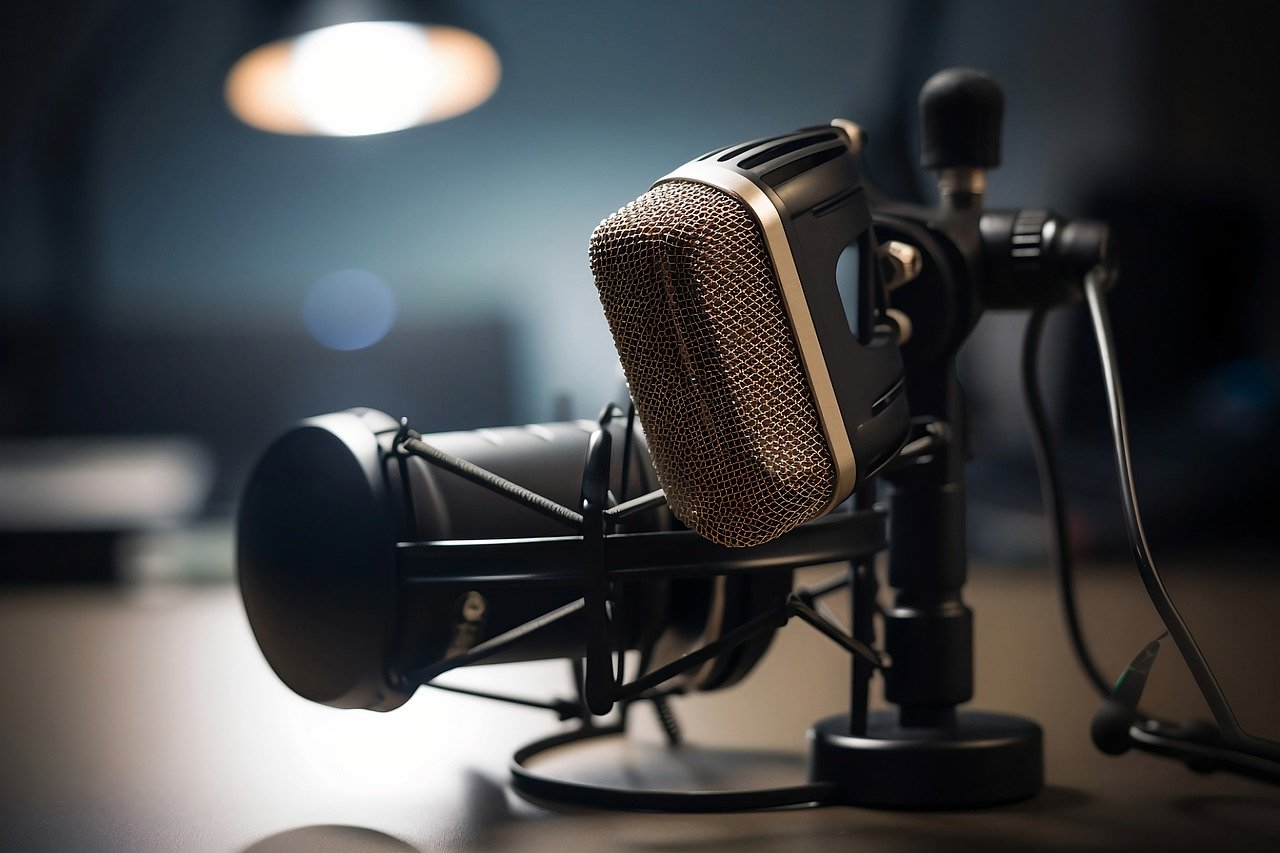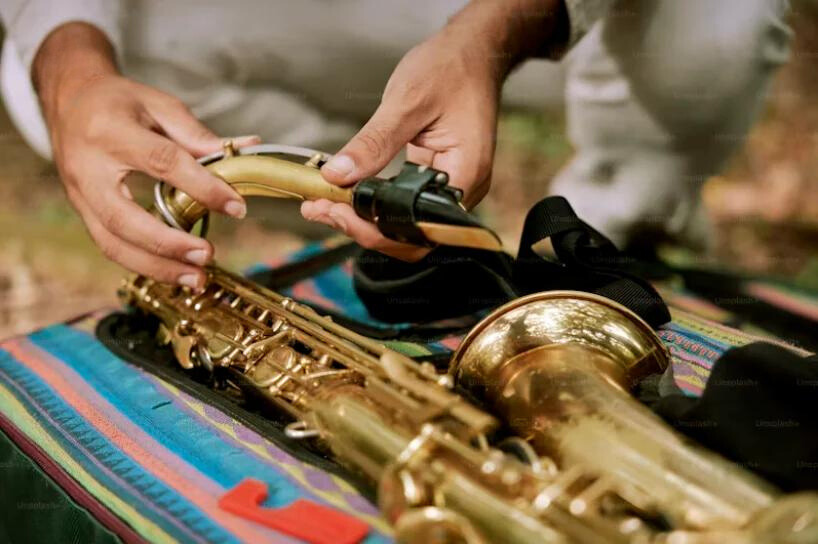The Impact of Percussion Instrument Noise on Health
Key Health Considerations
-
Auditory Risks
-
Short-term effects: Temporary hearing dullness or ringing in the ears (tinnitus) after loud playing sessions.
-
Long-term consequences: Extended exposure may contribute to permanent hearing deterioration.
-
Sound intensity reference:
-
A typical drum kit produces 90-110 decibels – comparable to power tools or live concerts.
-
Sharp snare strokes can momentarily reach 120 decibels, akin to a jet engine at close range.
-
-
-
Cognitive and Emotional Effects
-
Sustained loud noise exposure has been linked to increased stress levels, reduced concentration, and sleep disturbances.
-
-
Physical Stress Responses
-
The body may react to continuous loud noise with elevated heart rate and blood pressure changes.
-
Recommended Exposure Guidelines
-
Safety thresholds:
-
85 decibels: Maximum safe exposure for 8 hours daily.
-
Volume increases require proportional time reductions (3 dB louder = half the safe time).
-
-
Practical implications:
-
Solo practice often exceeds these limits without protection.
-
Ensemble playing compounds the noise exposure risk.
-
Effective Protection Strategies
-
Hearing Protection Options
-
Specialized musician's earplugs that maintain sound fidelity while reducing volume.
-
Noise-canceling headphones or in-ear monitors for precise volume control.
-
-
Environmental Modifications
-
Acoustic treatment for practice spaces (sound-absorbing panels, isolation shields).
-
Consideration of electronic drum alternatives with adjustable volume.
-
-
Smart Practice Habits
-
Implementing regular quiet breaks during sessions.
-
Using sound level apps to monitor real-time decibel exposure.
-
-
Health Maintenance
-
Scheduling periodic professional hearing evaluations.
-







